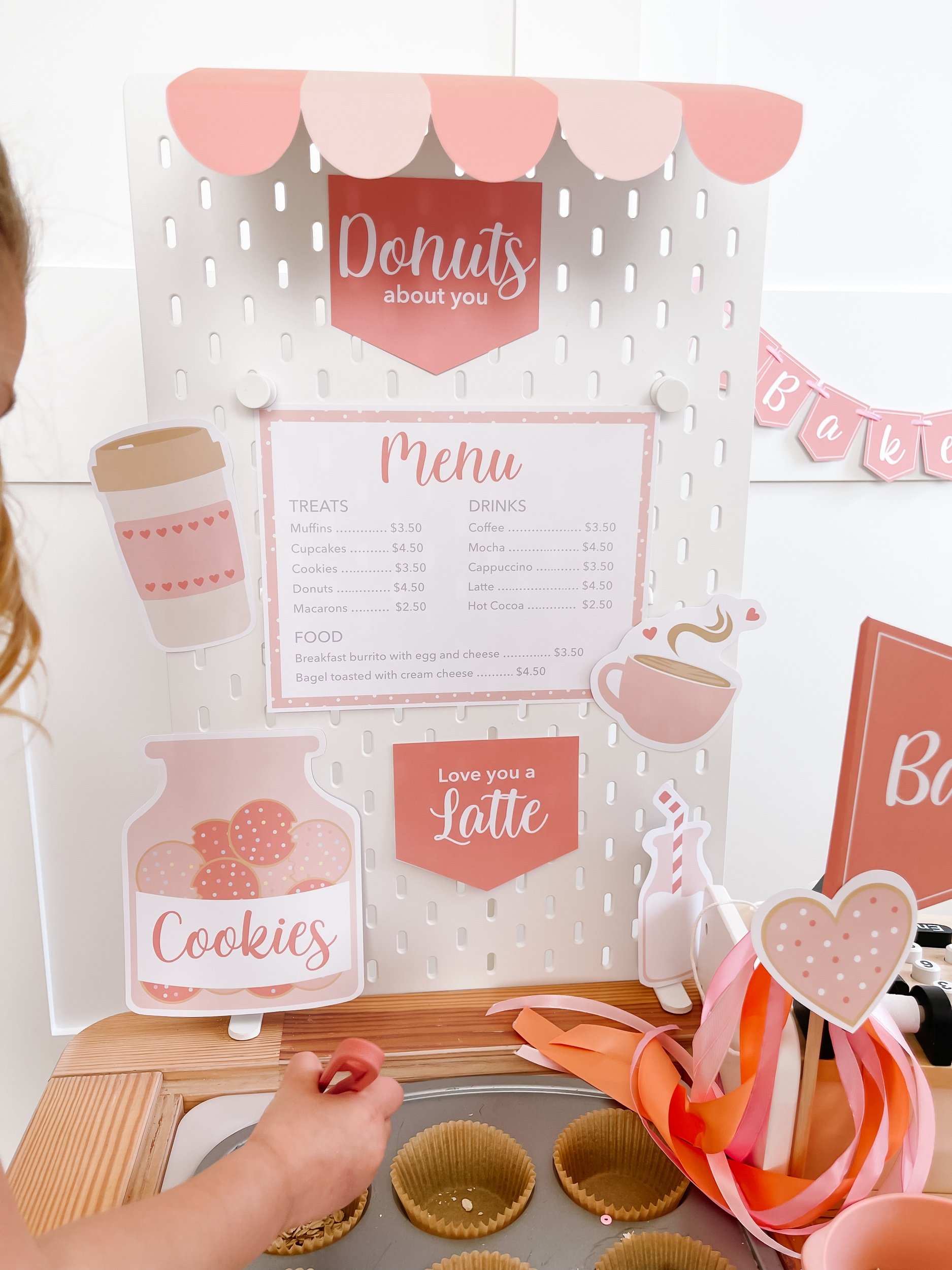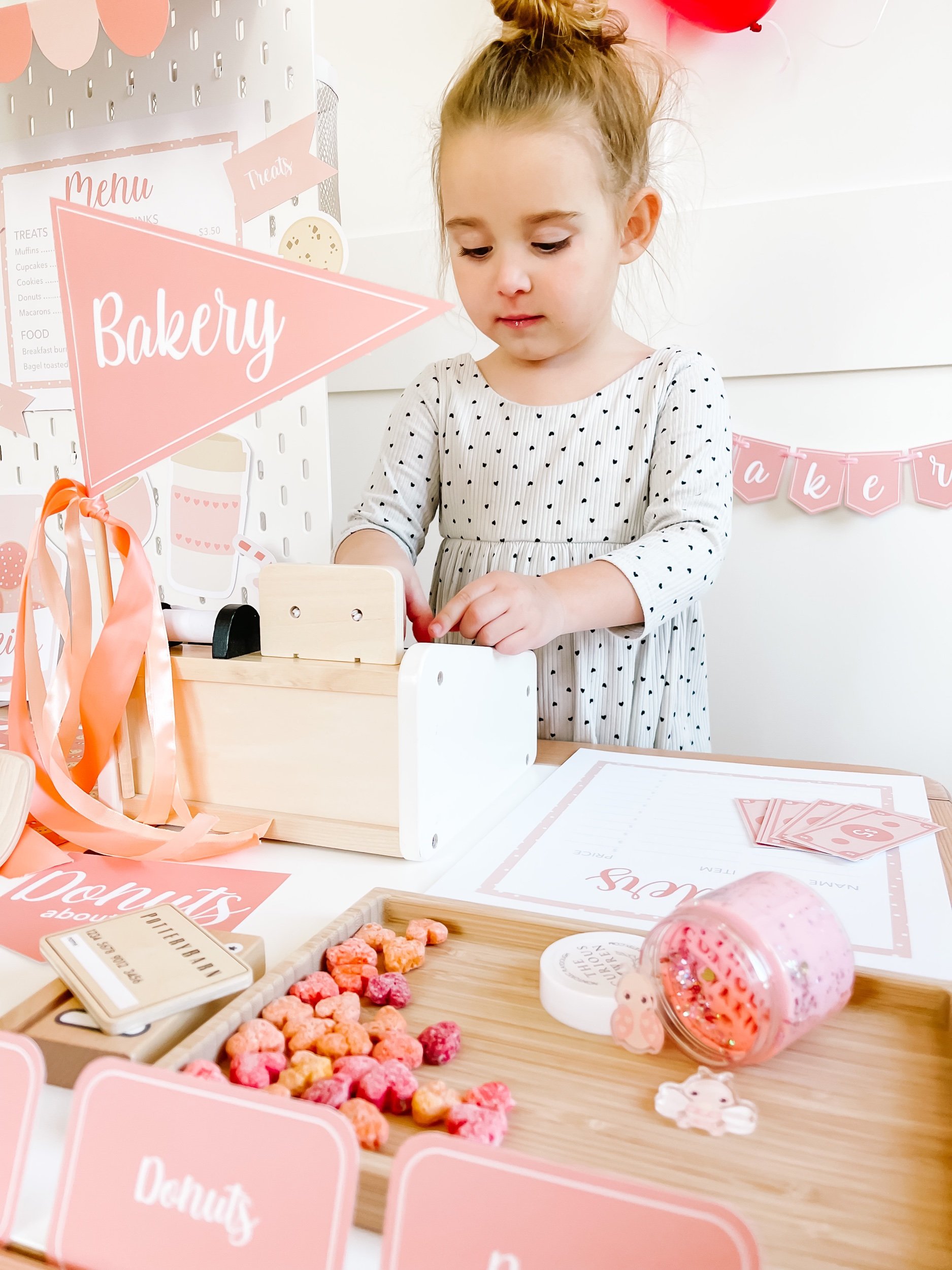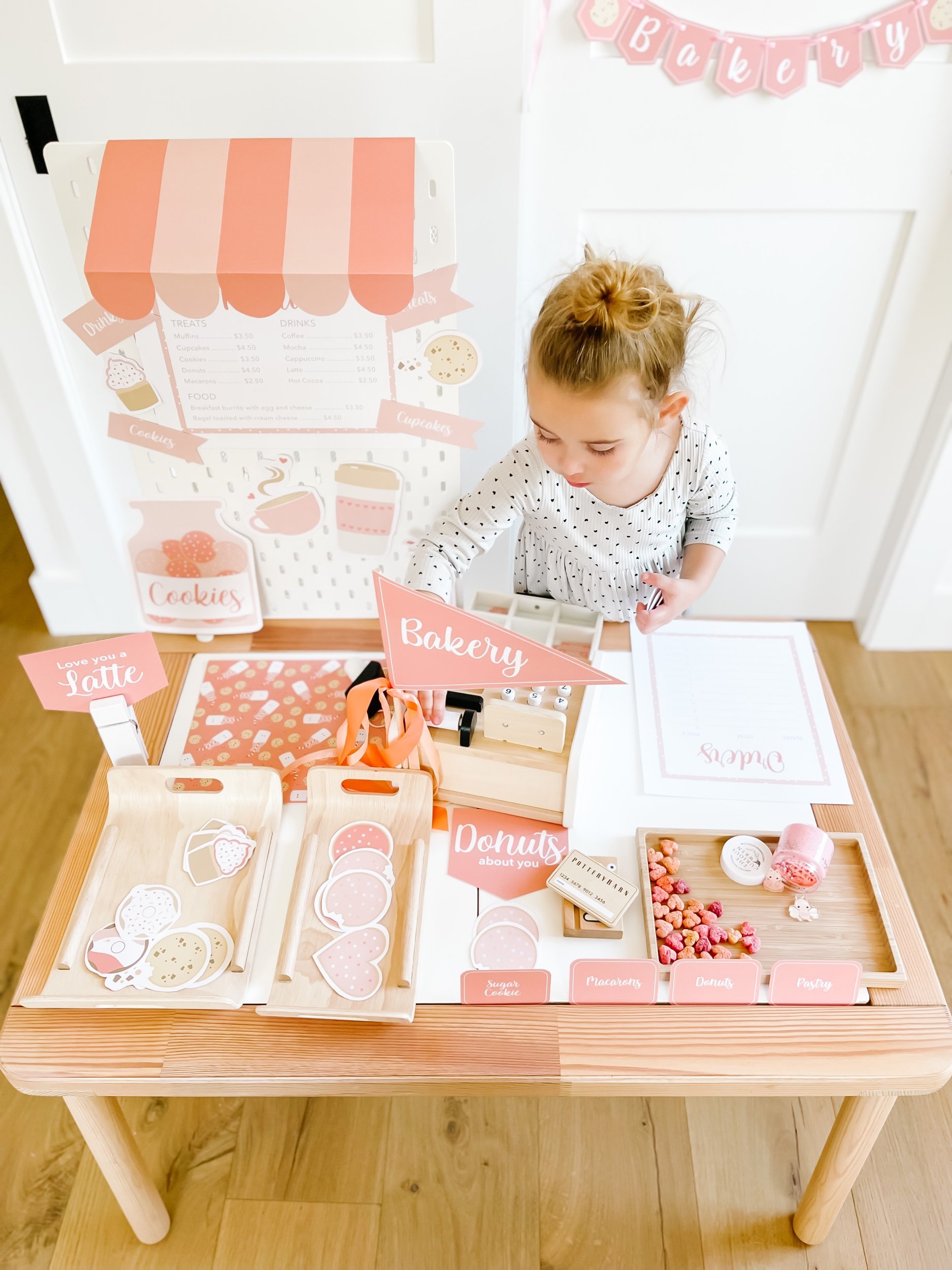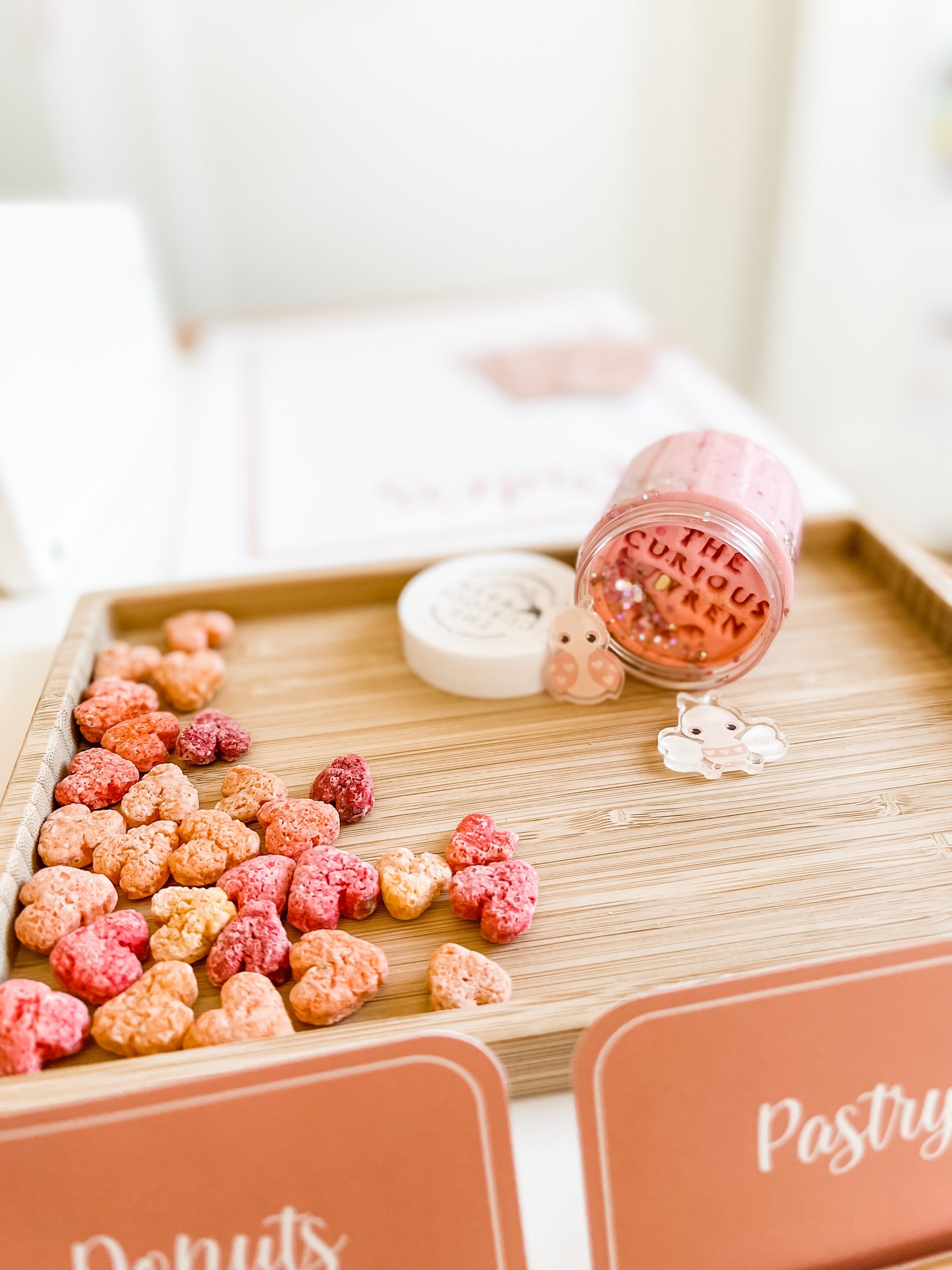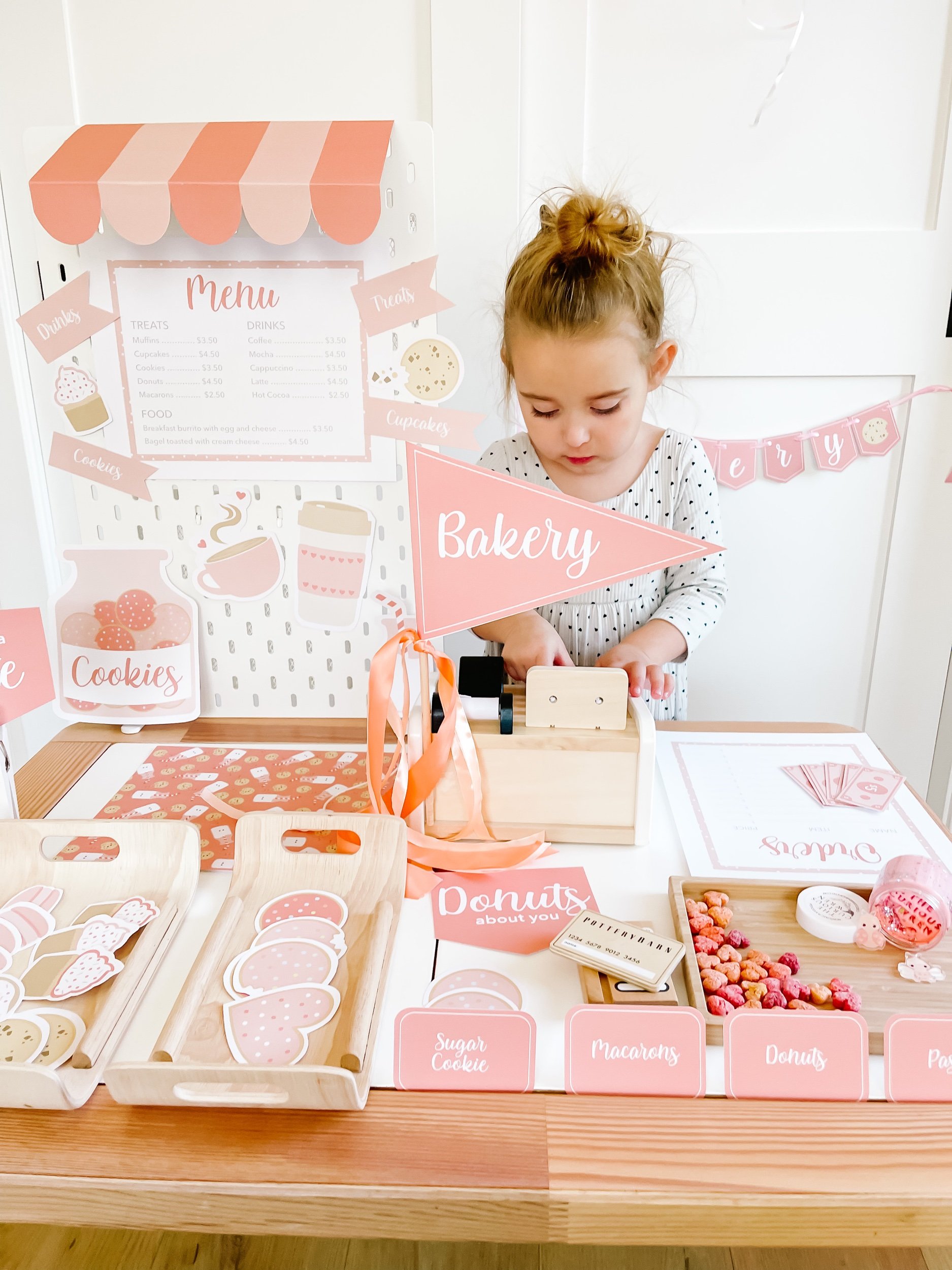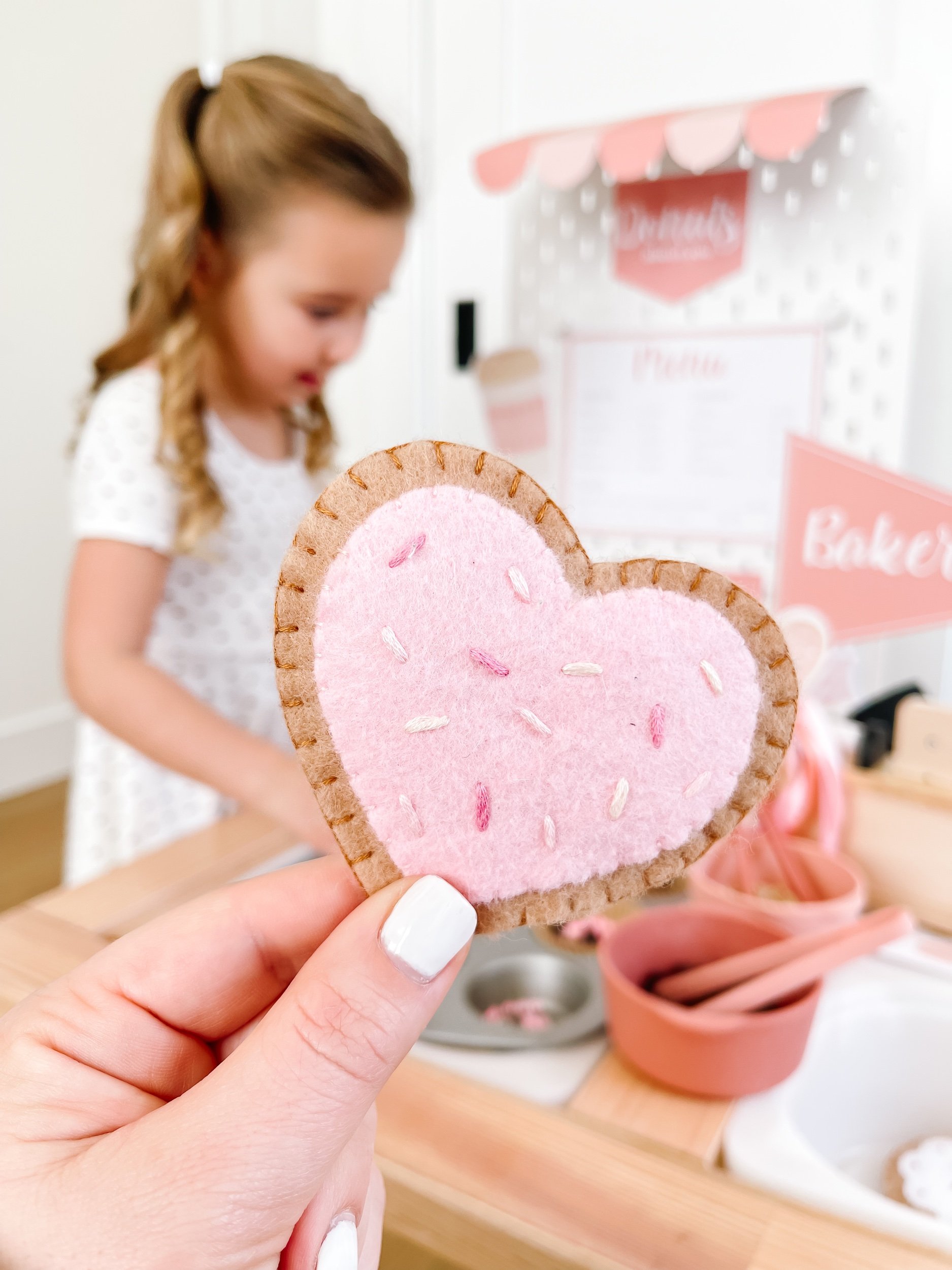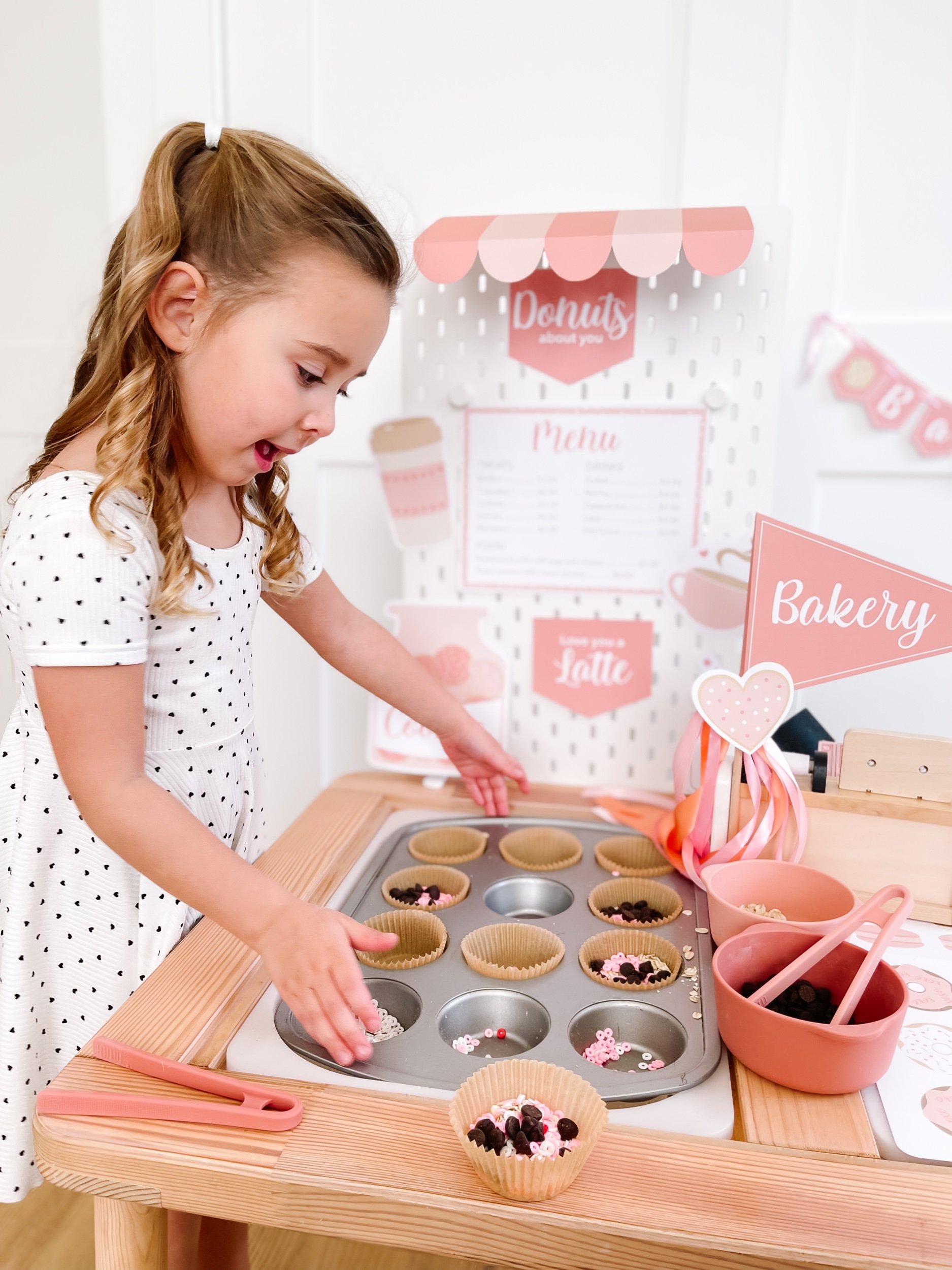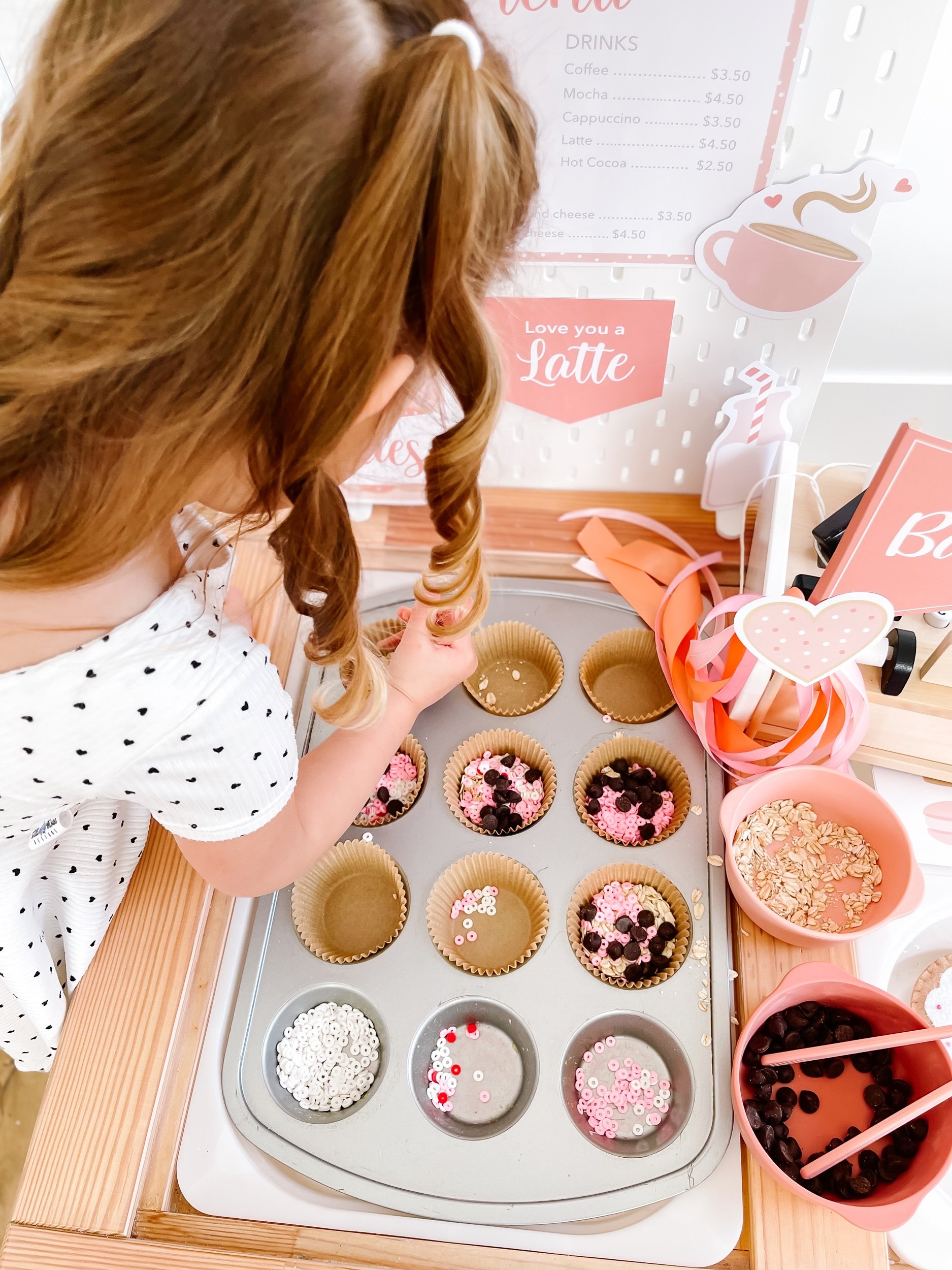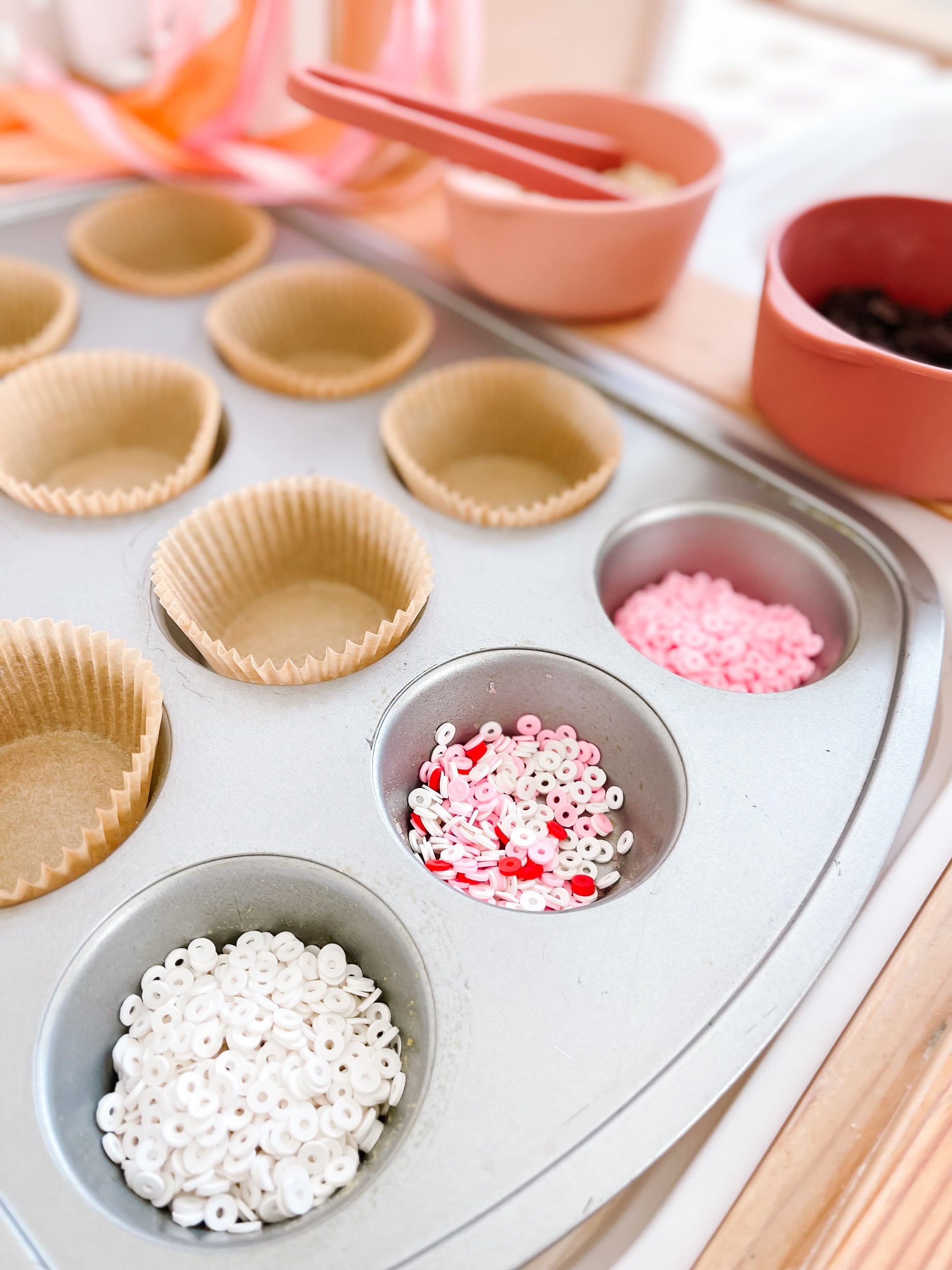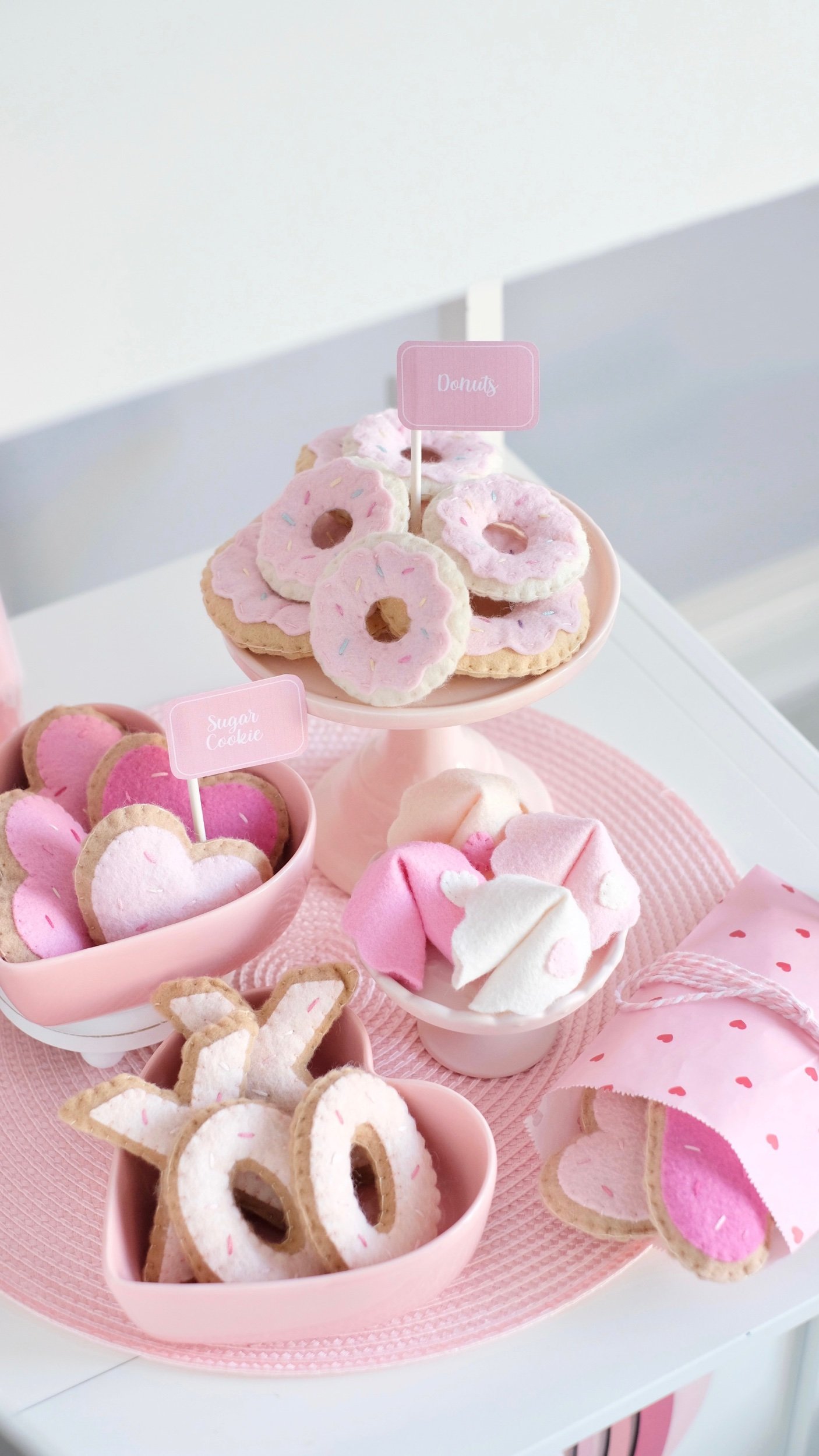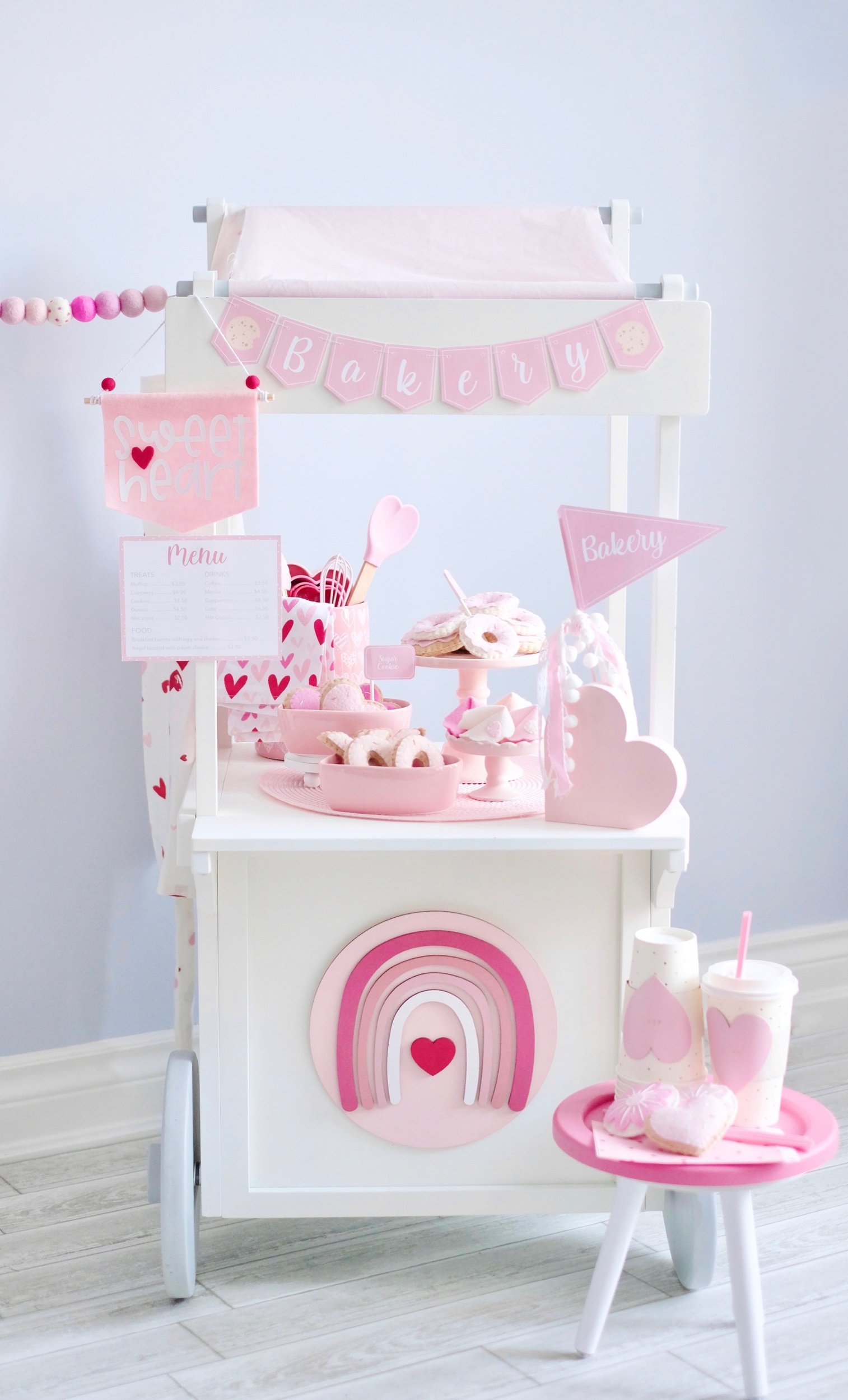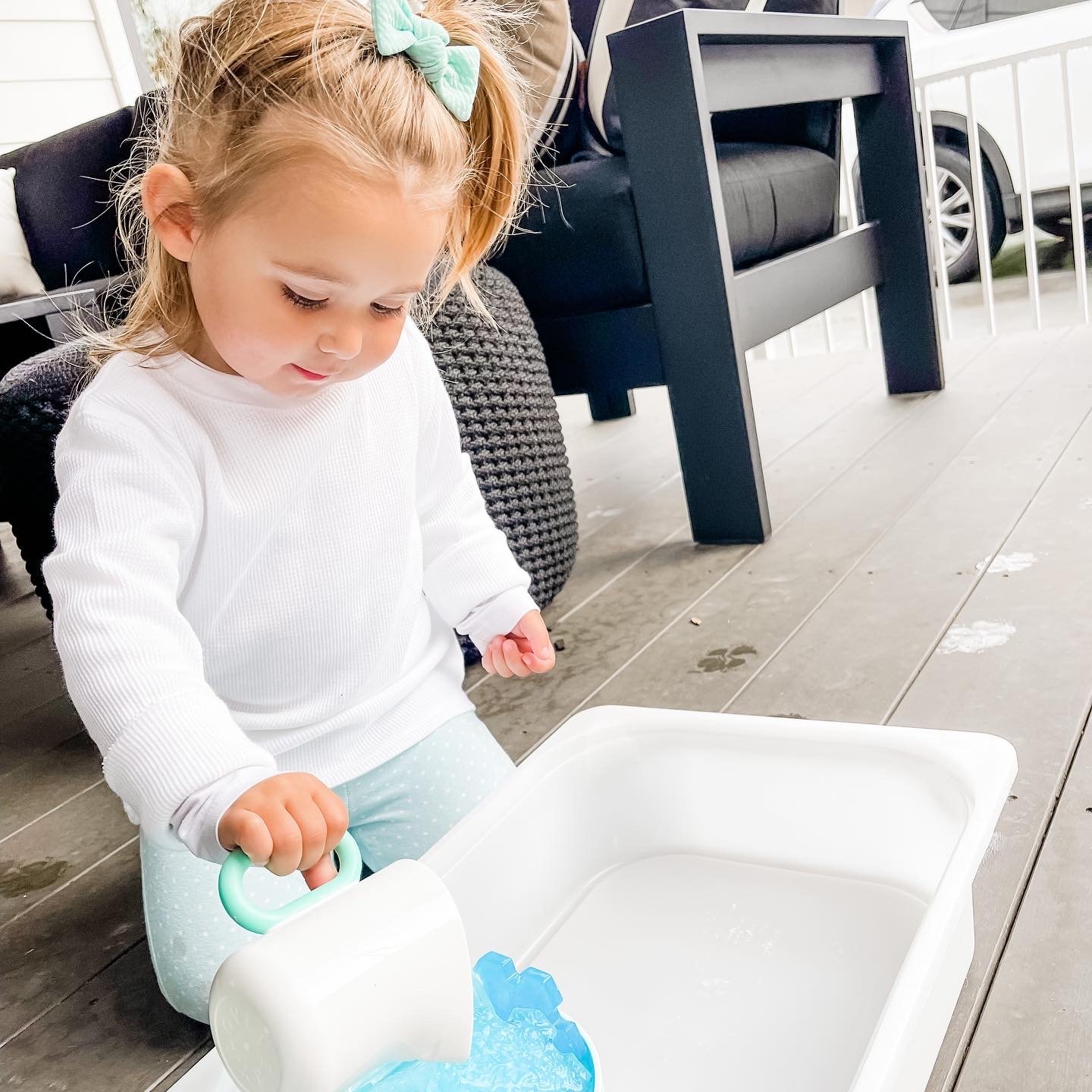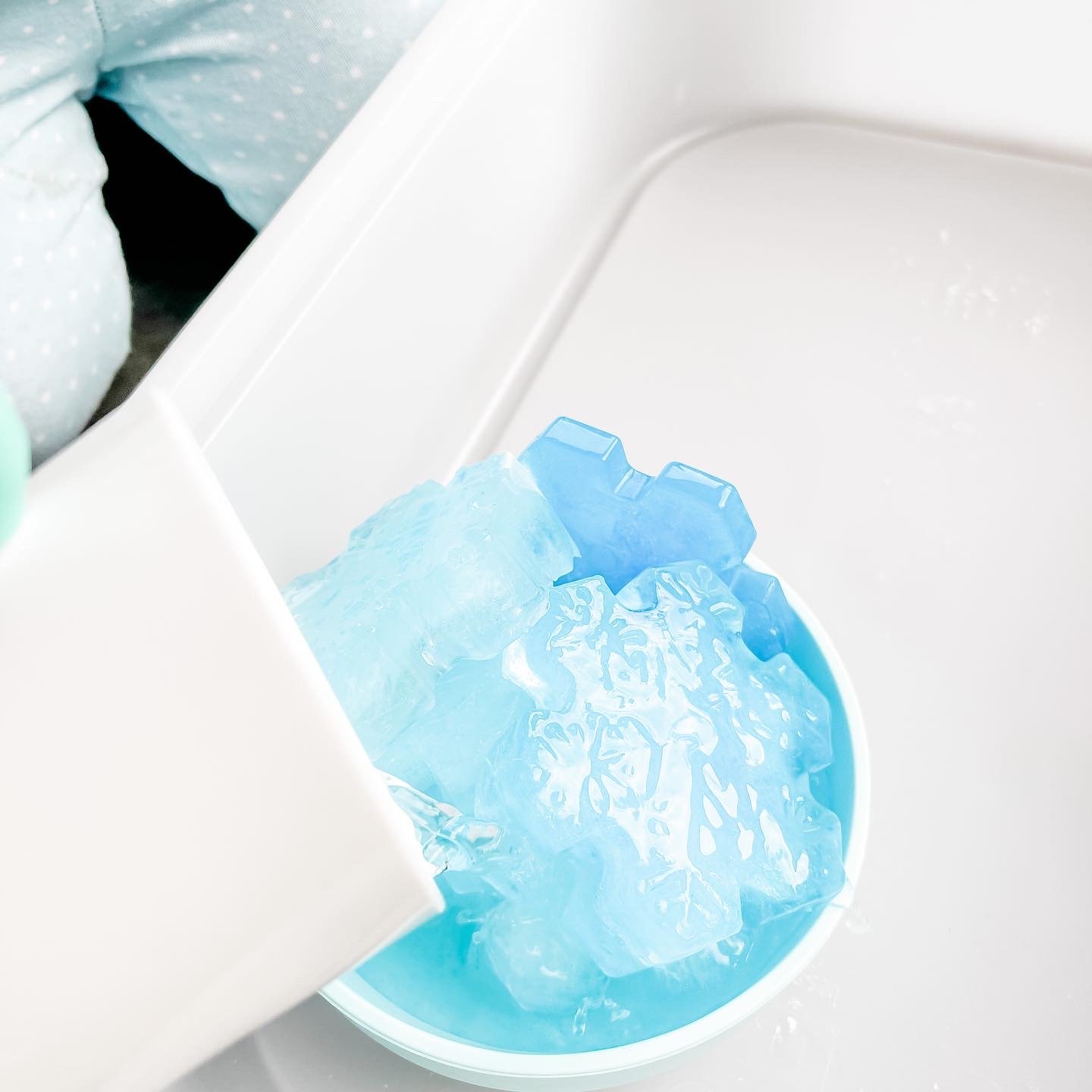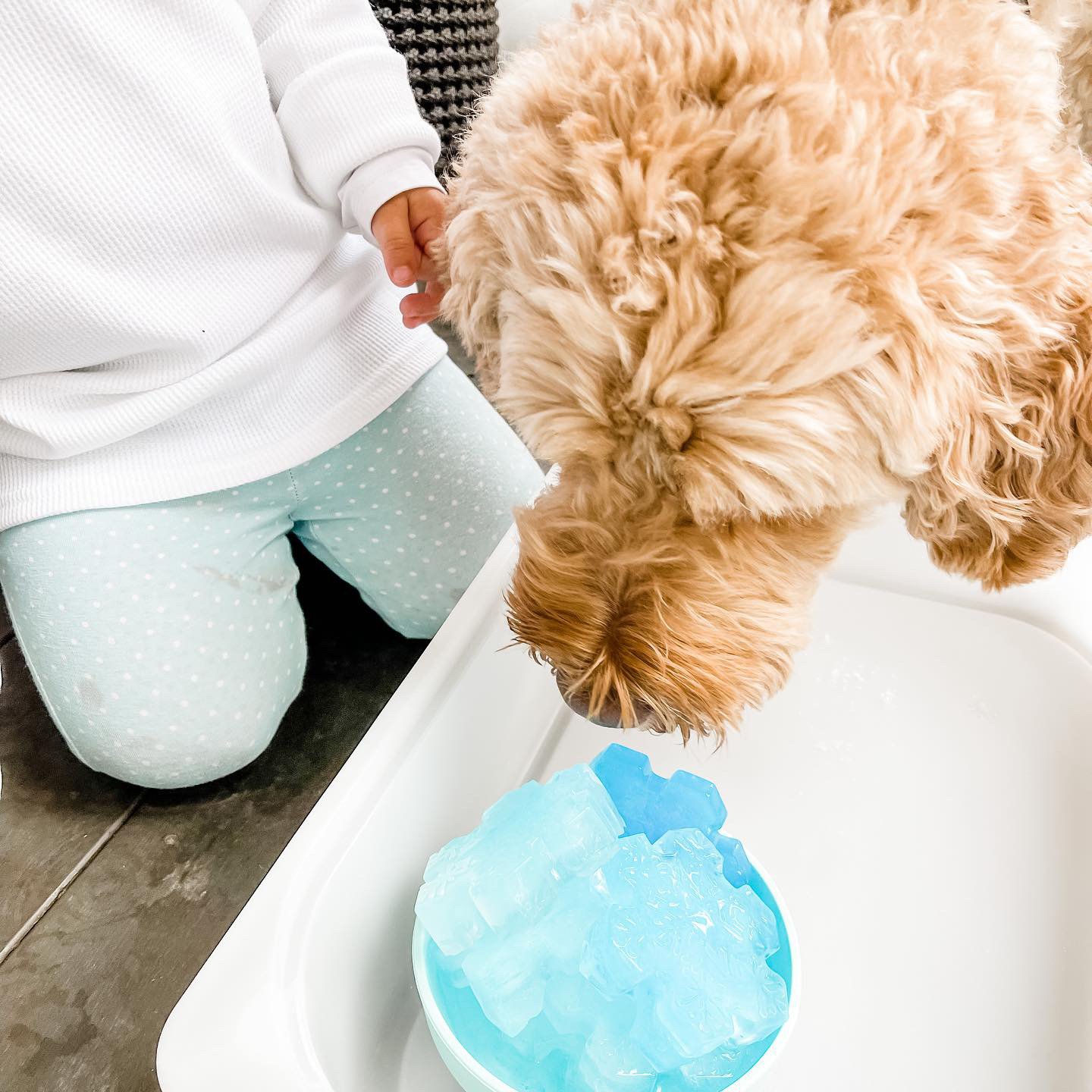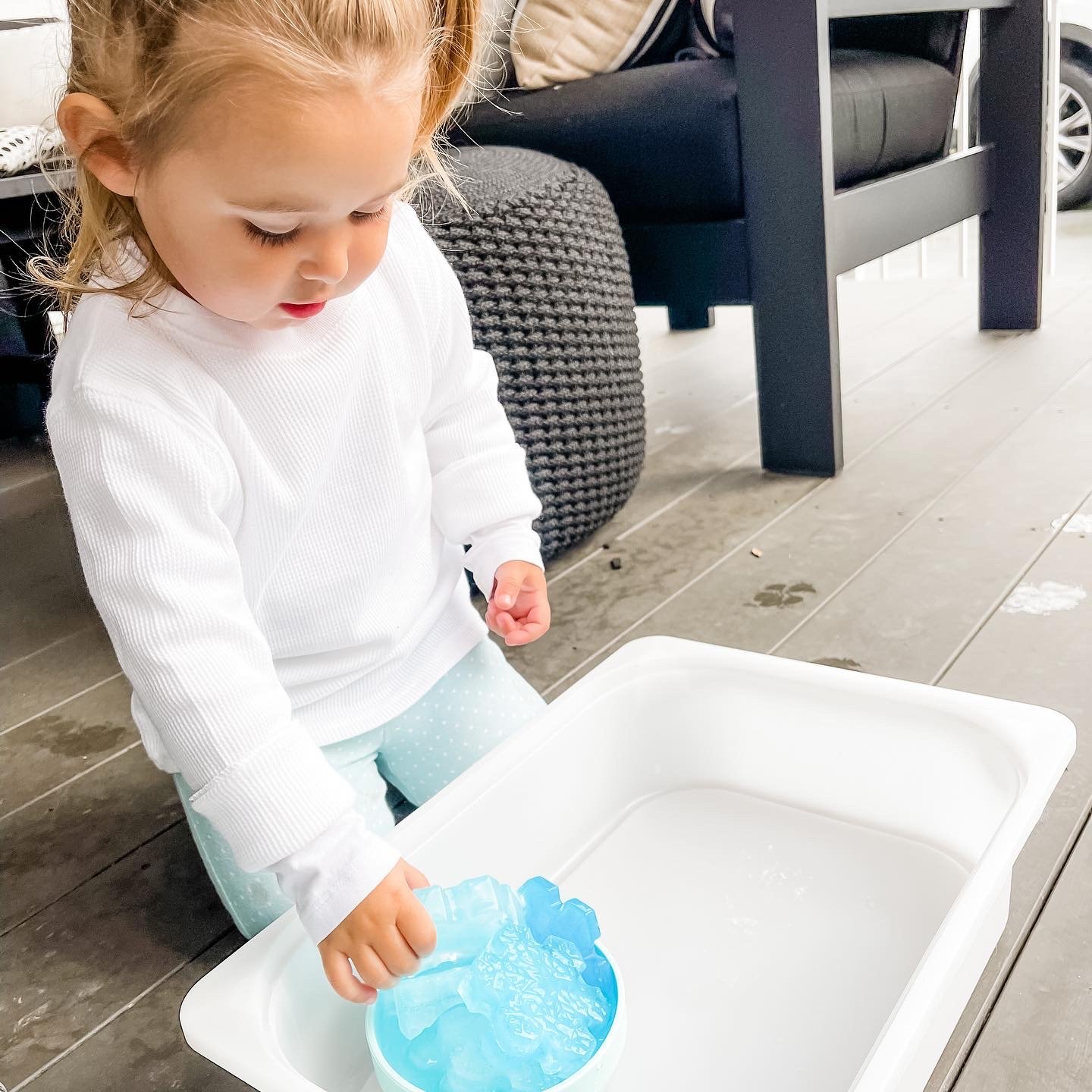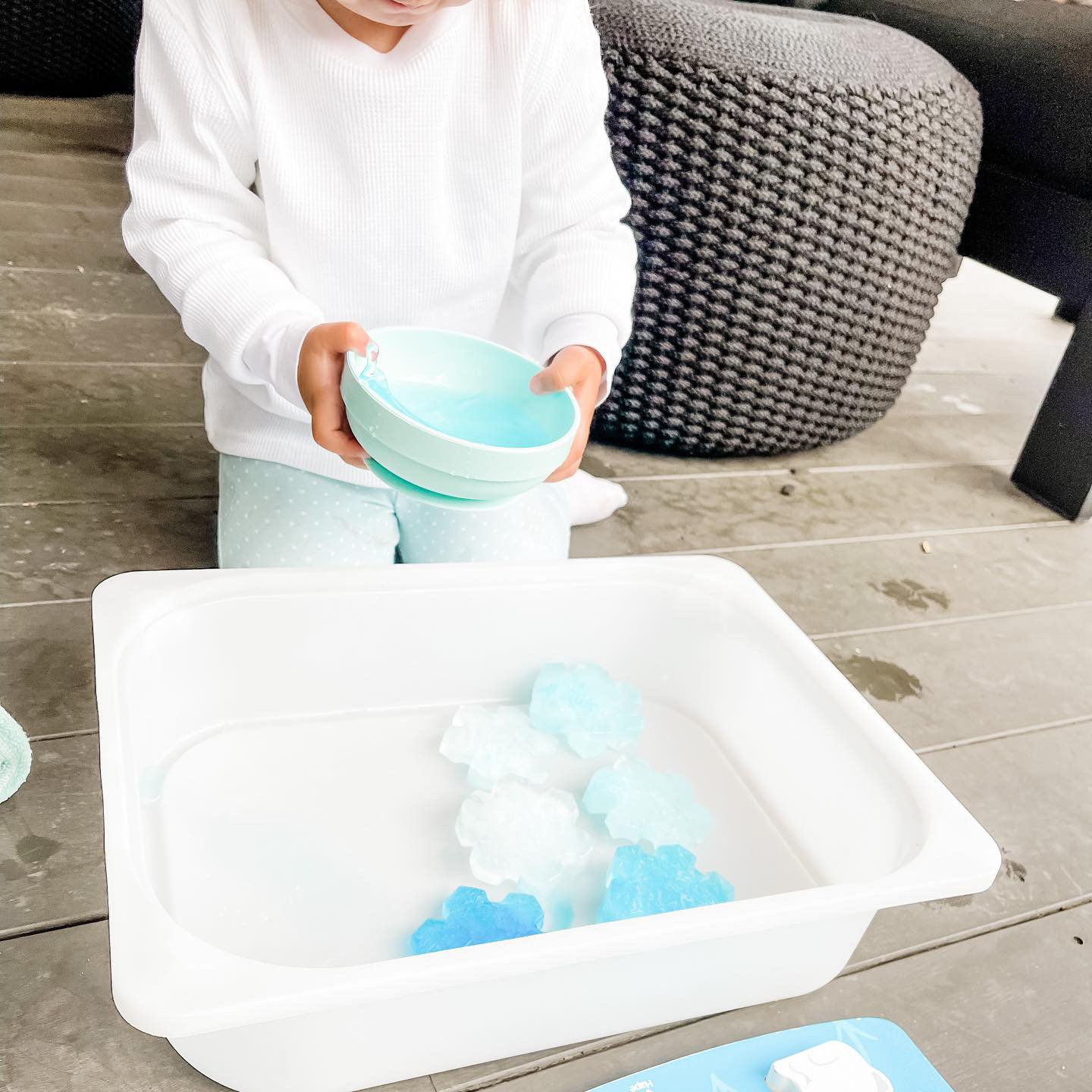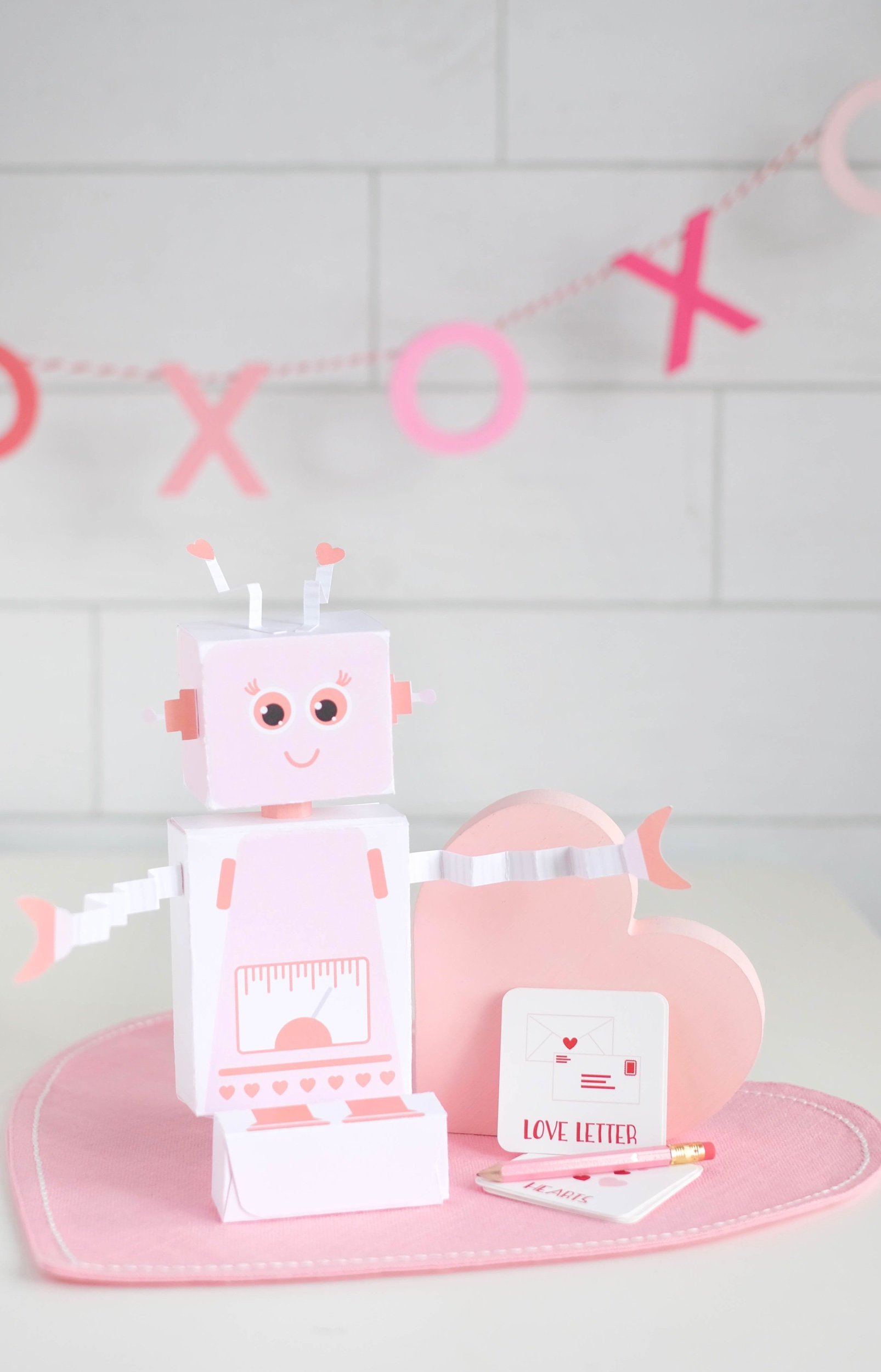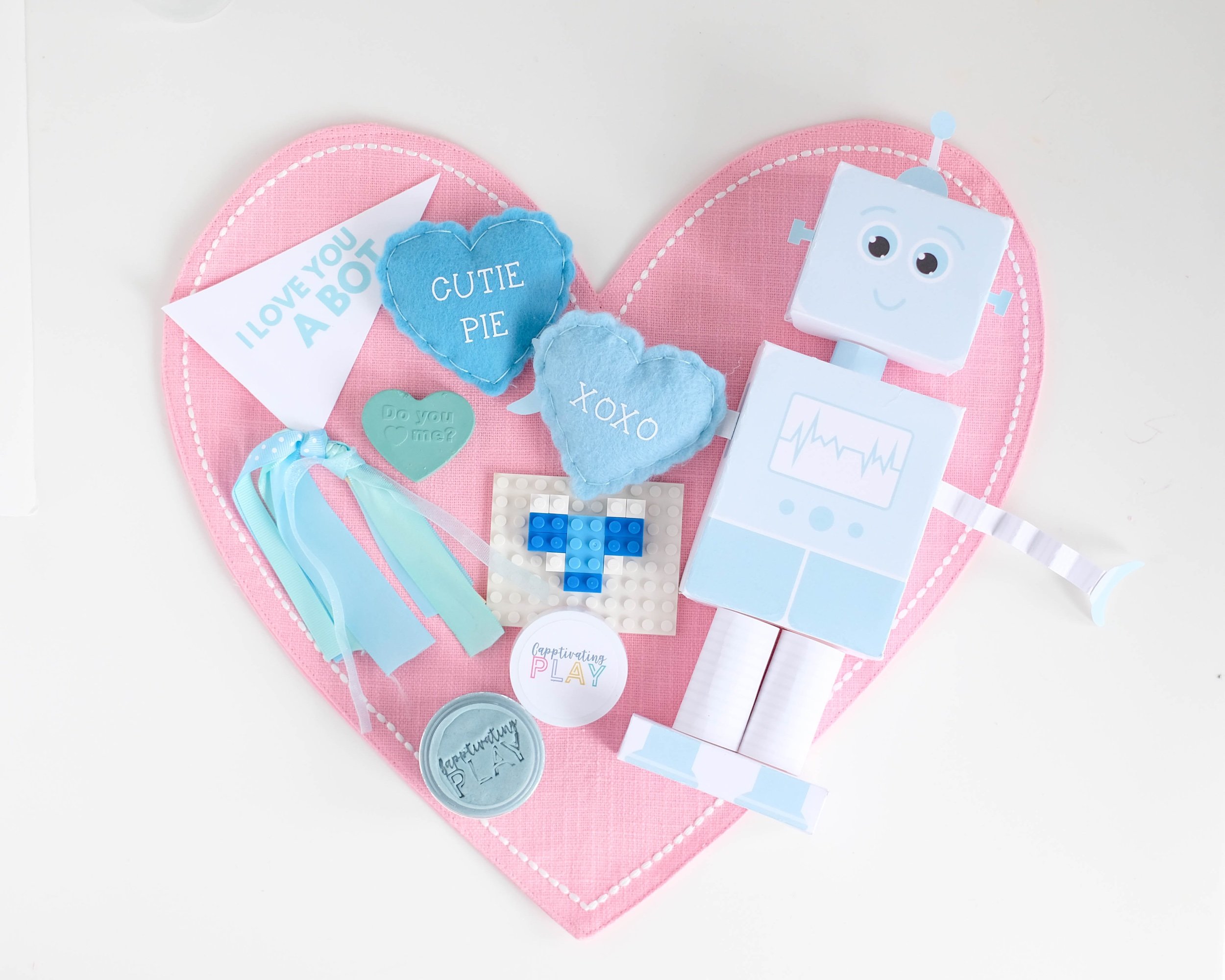Valentine's Day is a special occasion that has been celebrated for centuries, and it's a time for showing love and affection to the people you care about. One of the most delightful ways to celebrate this day with toddlers is through dramatic play. Dramatic play is a fun and interactive activity that provides numerous benefits for young children's development.
Benefits of Dramatic Play for Toddlers
Language and Communication Skills: Dramatic play provides a platform for toddlers to express themselves, use their imagination, and practice their language skills. Through pretend play, they learn to communicate effectively with others, use new words and sentences, and improve their vocabulary.
Cognitive Development: Dramatic play helps to stimulate children's imagination and creativity, which leads to improved cognitive development. By pretending to be someone else, they learn to think critically, problem-solve, and understand different perspectives.
Emotional Development: Dramatic play allows toddlers to explore and express their emotions in a safe and controlled environment. This helps to build their emotional intelligence and resilience, and helps them learn how to manage their emotions.
Social Development: Dramatic play provides opportunities for children to interact with others and develop their social skills. They learn to cooperate, share, and take turns in a fun and engaging way.
Introducing the Valentine's Bakery Dramatic Play Kit
To help you celebrate Valentine's Day with your toddlers, we've created a special Valentine's Bakery Dramatic Play Kit. This kit includes 9 printable PDF pages of sweet treats, bakery signs, and decor that will transform any play area into a bustling bakery. With this kit, your toddlers will have a blast pretending to be bakers, creating and selling delicious treats to their friends and family. They'll develop their language and communication skills, build their emotional intelligence, and have fun in the process!
1. Heart Shaped Cereal Filler
To create this sensory bin activity, start by finding a shallow container or tray that is large enough to hold the cereal filler. Fill the container with heart-shaped cereal such as O's or puffs. You can enhance the sensory experience by adding other Valentine's themed elements like small plastic hearts or heart-shaped scoops. Preschoolers can explore the heart-shaped cereal filler bin by using their fingers or various tools and utensils to scoop, pour, and manipulate the cereal. They can sort the cereal by color, size, or shape, practice counting, or create imaginative play scenarios using the heart-shaped pieces. Encourage them to engage their senses by feeling the crunchy texture and observing the different colors.
This sensory bin activity promotes fine motor skills development as children strengthen their hand-eye coordination, grasp, and manipulate the small cereal pieces. It also allows for sensory exploration, helping to develop their sense of touch and enhance sensory integration. Additionally, they can practice basic math concepts such as sorting, counting, and patterning while engaging in imaginative play.
For grasping practice we used our silicone tongs from Inspire My Play and for pouring and scooping we used our silicone bowls!
2. Felt Play Food Fun
For this sensory bin activity, gather a shallow container or tray and fill it with various felt play food items such as donuts, cookies, cupcakes, and icing pieces. Consider adding utensils like a rolling pin, spatula, or mini baking accessories to enhance the pretend play experience. Preschoolers can use their imagination and creativity to engage in pretend play with the felt play food. They can pretend to bake, decorate, and serve delicious Valentine's treats. Encourage them to use the utensils to "mix" ingredients, "cut" the cookies, or "frost" the cakes. They can explore the different textures and shapes of the felt pieces, encouraging tactile exploration and sensory stimulation. Playing with felt play food in a sensory bin offers various educational benefits for preschoolers. It helps enhance their fine motor skills as they manipulate and grasp the different pieces. It also encourages imaginative and pretend play, fostering language development, creativity, and social skills as children engage in cooperative play scenarios. Additionally, it provides an opportunity for them to explore different textures, shapes, and colors, stimulating their sensory perception. We used these adorable felt cookies and macarons from Pockets of Sweetness.
3. Baking pretend Cupcakes (Taste Safe sensory play activity)
For our third activity bin we put our cupcake baking tray into our Trofast bin! It was a great fit! We used brown paper baking cups to line each hole. Then we poured in some fake sprinkles and used our silicone bowls from Inspire My Play to pour and grasp oatmeal and chocolate shops into each cupcake.
4. POPCORN Sensory Seek and Find (5+)
Note: Popcorn is not recommended for children under 5 as it can be a choking hazard. Please use a puff alternative for younger kids.
Create this seek-and-find sensory bin activity by filling a shallow container or tray with a base layer popped popcorn, sweetheart candy or another filler like rice or chickpeas. Then, bury small cupcake-themed toys, trinkets, or pictures beneath the surface. Consider adding themed tools like a small sieve or spoon for children to use in the search process.
Preschoolers can use the provided tools or their hands to search for hidden cupcake-related items in the sensory bin. They can sift the filler material through the sieve or dig through the sand to uncover the treasures. Encourage them to identify and name the items they find or engage in imaginative storytelling based on the items they discover. This sensory seek-and-find activity promotes cognitive development in young children by enhancing their observation skills, attention to detail, and visual discrimination abilities. It also encourages problem-solving as they strategize on how to reveal the hidden cupcake items. By engaging with the different tools and filler materials, children can improve their fine motor skills and hand-eye coordination. Additionally, this activity allows for vocabulary expansion and imaginative play as children name and describe the items they find while creating stories around the cupcake theme.
Vocabulary Words
1. Heart: A symbol representing love or kindness, typically depicted as a red shape with two equal sides and a point at the bottom.
2. Oven: A heated chamber used for baking or cooking food.
3. Cupcake: A small individual cake, often with icing and decorations on top.
4. Baker: A person who prepares and bakes bread, cakes, and pastries.
5. Mixer: A kitchen appliance used for combining ingredients by rotating its blades.
6. Spoon: An eating or cooking utensil with a small shallow bowl at the end.
7. Sprinkle: Small pieces of sugar or decorations that are scattered over a baked item.
8. Rolling Pin: A cylindrical tool used to flatten dough for baking.
9. Whisk: A kitchen utensil with a long handle and wire loops used to blend ingredients smoothly.
10. Counter: A flat, elevated surface used for food preparation or serving.
11. Dough: A mixture of flour, water, and other ingredients used for baking bread or pastries.
12. Cookie: A sweet baked treat usually made from flour, sugar, and butter.
13. Apron: A protective garment worn over clothes to keep them clean while cooking or baking.
14. Menu: A list of all the food items available for purchase in a bakery.
15. Display: A set-up arrangement of baked goods or products for customers to see.
16. Pastry: A sweet often made with flour, sugar, and various flavorings or fillings.
17. Tray: A flat, rectangular or circular platter used for carrying or serving baked items.
18. Muffin: A small, round, and sweet bread often made with fruits or chocolate chips.
19. Tongs: A tool with two arms and grips used for picking up or serving baked goods.
20. Icing: A sweet, decorative topping made from sugar, flavorings, and water.
21. Cookie Cutter: A tool used to cut cookie dough into various shapes before baking.
22. Order: A request made by a customer for a specific baked item.
23. Cashier: A person responsible for handling payments and transactions at a bakery.
24. Menu Board: A board displaying the list of available baked items and prices.
25. Heart-shaped: Something having the form or outline of a heart.
Hope this helps in creating an engaging and educational Valentine's bakery dramatic play setup for toddlers!
In conclusion, dramatic play is a fantastic activity for toddlers, providing numerous benefits for their development. The Valentine's Bakery Dramatic Play Kit is a perfect way to celebrate this special day while encouraging your children's growth and development. So, don't wait any longer, order your kit today! Remember to always supervise children during sensory bin activities and ensure that small items are age-appropriate and safe for them to handle.




